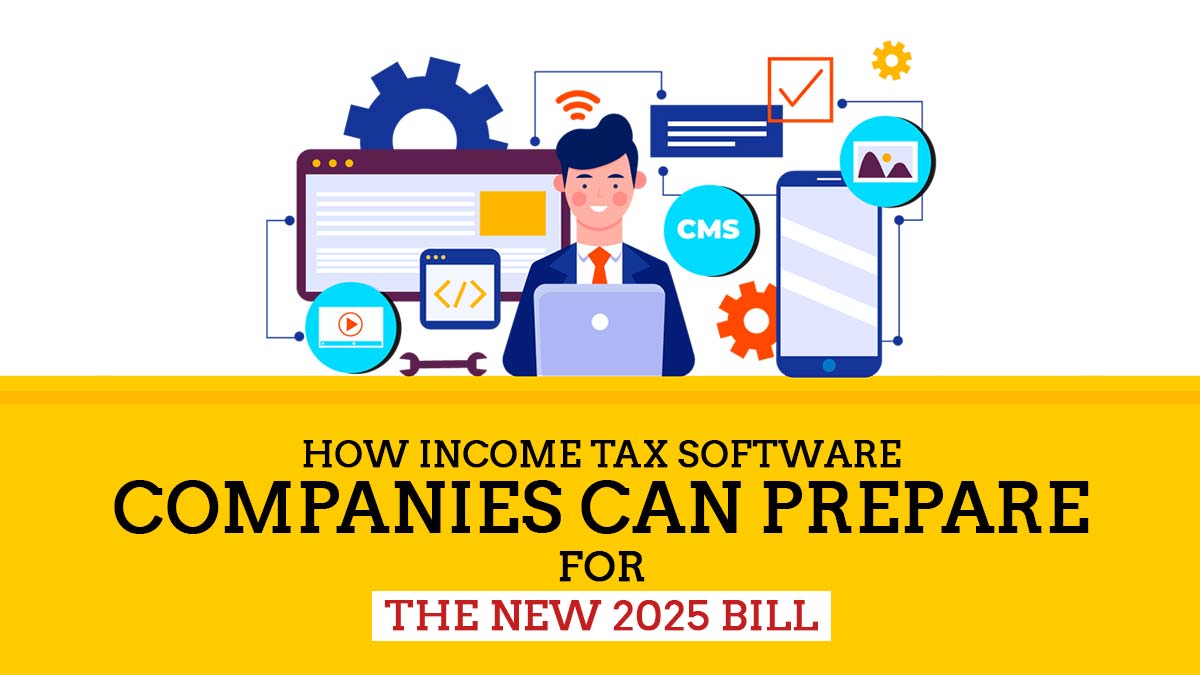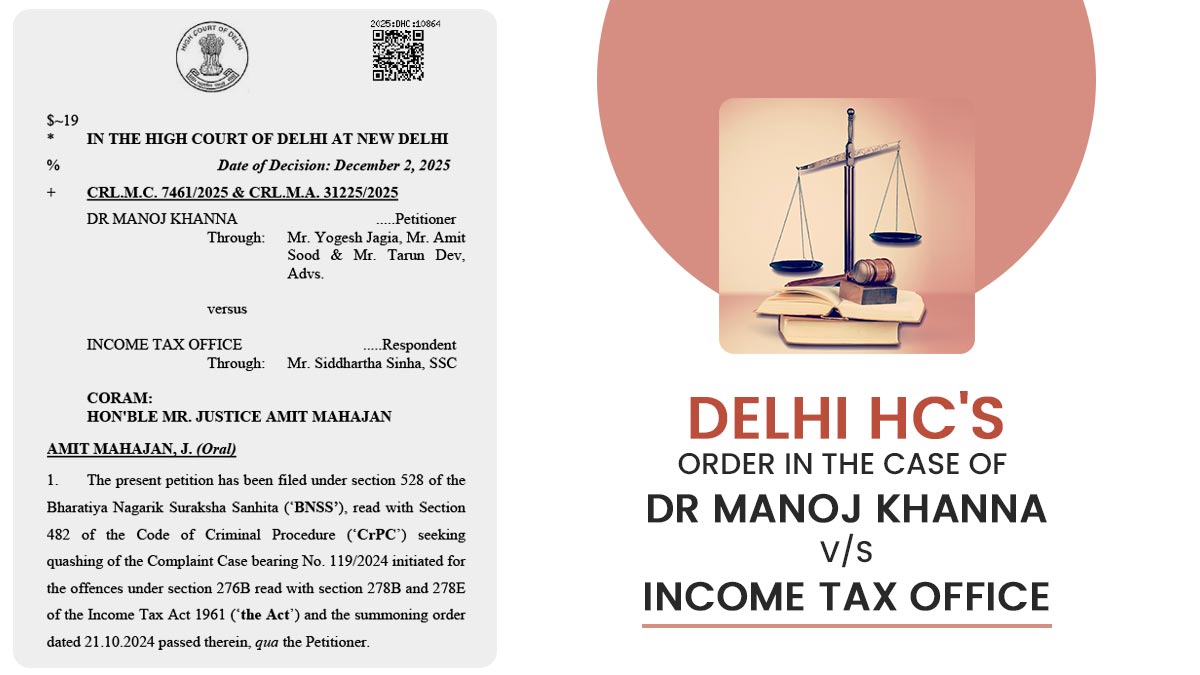Goods and service tax is approaching towards its scheduled deadline and is in the headlines of every news and publishing. While there are various queries and doubts regarding the information and rules regulation, there are general FAQ’s which might solve the questions of public in a easy and simple manner.
Q: What is Goods and Services Tax?
A: It is a final consumer based tax levied on the consumption of the goods and services which are under the provision to be applicable at all the steps starting from the producer to the final consumer setting off all the credit of taxes paid at earlier stages available. Only the value addition will be levied with tax and the final consumer will bear the taxes.
Q: What is the concept of a destination-based tax on the consumption?
A: The tax will be originated to the tax department which has the jurisdiction on the place of consumption of the goods and services and which is also known as a place of supply.
Q: Which of the taxes will be subsumed under GST?
A: There are multiple taxes which will be subsumed under the GST. The central taxes are:
- Central Excise duty
- Duties of Excise (Medicinal and Toilet Preparations)
- Additional Duties of Excise (Goods of Special Importance)
- Additional Duties of Excise (Textiles and Textile Products)
- Additional Duties of Customs (commonly known as CVD)
- Special Additional Duty of Customs (SAD)
- Service Tax
- Central Surcharges and Cesses so far as they relate to supply of goods and services
The state taxes which are subsumed under the GST:
- State VAT
- Central Sales Tax
- Luxury Tax
- Entry Tax (all forms)
- Entertainment and Amusement Tax (except when levied by the local bodies)
- Taxes on advertisements
- Purchase Tax
- Taxes on lotteries, betting, and gambling
- State Surcharges and Cesses so far as they relate to supply of goods and services
Q: What were the major principles followed to subsume the taxes aforementioned?
A: Numerous state and central level taxes are subsumed into the GST, and the decision was taken on the principles like:
- The taxes should of indirect taxes in nature either on the supply of goods or services rendered.
- The taxes must originate from import/ manufacture/ production of goods or provision of services to the consumption of the goods and services within a transaction chain.
- A free flow of tax credit in intra and inter-State levels must be a result after the subsuming of the taxes and levies.
- The center and the states will be attempting for a revenue neutrality.
Q: What are the products which are kept outside the GST?
A: As mentioned in the Article 366(12A) of the Constitution as amended by 101 st Constitutional Amendment Act, 2016, the GST will be applicable on both goods and services except the alcohol for the human consumption. The list also includes Five petroleum products i.e. petroleum crude, motor spirit (petrol), high-speed diesel, natural gas and aviation turbine fuel.
Q: What will be the type of GST which is proposed under the GST act?
A: The proposed GST will be the dual controlled type and the GST to be levied by the Union government on the intra-State supply of goods and/or services would be called Central GST (CGST) and that duties levied by the States/ Union territory would be called the State GST (SGST)/ UTGST. On the same front, Integrated GST (IGST) will be levied and controlled by Centre on every interstate supply of goods and services.
Q: How the dual GST will work?
A: Both the state and central levels of Government have different duties and responsibilities to act according to the division of powers mandated in the Constitution. A dual GST model will keep the constitutional regulations of the fiscal federalism.
Q: What are the benefits of GST for the nation?
A: GST will be eliminating the cascading effects of the taxes which were earlier applicable at every state, by adjoining the central and state level taxes into a single tax. The consumers will see a reduction in overall taxes for up to 25 to 30 percent. While the GST will surely boost the economy, the other effects also include transparent execution of it will further improve the administration practices.
Q: What is Integrated GST?
A: An Integrated GST (IGST) would be levied and collected by the Centre on the inter-State supply of goods and services. Also as included under Article 269A of the Constitution, the GST on supplies in the course of inter- State trade or transactions shall be levied and collected by the Government of India and such tax shall be apportioned between the Union and the States in the manner as may be provided by Parliament by law on the recommendations of the Goods and Services Tax Council.
Q: What is the role of GST council?
A: The GST council is a committee to discuss and assist the government in carrying out the GST implementation. The committee is headed by Union Finance Minister (who will be the Chairman of the Council), the Minister of State (Revenue) and the State Finance/Taxation Ministers making the rules and regulation in accordance with the state and union government. The role of GST council is to:
- Decide the taxes, cesses and surcharges levied by the Centre, the States and the local bodies which may be subsumed under GST.
- Ascertain the goods and services that may be subjected to or exempted from the GST.
- Preparing model GST laws, principles of the levy, apportionment of IGST and the principles that govern the place of supply.
- Deciding the threshold limit of turnover below which the goods and services may be exempted from GST.
Q: How the decisions will be taken at the GST council?
A: The Constitution (one hundred and first amendment) Act, 2016 mentions that every decision of the GST Council shall be taken at a meeting by a majority of not less than 3/4th of the weighted votes of the Members present and voting. The vote of the Central Government shall have a weight of 1/3rd of the votes cast and the votes of all the State Governments taken together shall have a weight of 2/3rd of the total votes cast in that meeting.
Q: Who all are included in the GST framework to pay the taxes?
A: All the business units who crosses the threshold limit of INR 20 lakh is subjected to pay the GST while 10 lakhs for NE & Special Category States. Also, there are some provisions which require the business unit to pay the GST even if it has not crossed the threshold limit.
Q: How the goods and services can be categorized in the GST?
A: HSN (Harmonised System of Nomenclature) code will be used for classifying the goods under the GST.The taxpayers whose turnover is above Rs. 1.5 crores but below Rs. 5 crores shall use the 2-digit code and the taxpayers whose turnover is Rs. 5 crores and above shall use 4-digit code. While taxpayers whose turnover is below INR 1.5 crores are not required to mention HSN Code in their invoices.
Q: How imports and exports will be taxed under the GST?
A: Imports under the GST will be assumed as interstate GST and the destination state will accrue the SGST where the goods or services are consumed. While on the other hand, exports will be treated as zero rates supply and there will be no tax payable on the exports of goods and services. But the input tax credit and refund will be available to the exports.
Q: What is composition scheme under GST?
A: Small and medium taxpayers and business units with a turnover in an earlier financial year up to INR 50 lakh shall be eligible for composition scheme. Under this scheme, a taxpayer shall pay tax as a percentage of his turnover in a state during the year without the benefits of ITC. The rate of tax for CGST and SGST/UTGST shall not be less than [1% for manufacturer & 0.5% in other cases; 2.5% for specific services as mentioned in para 6(b) of Schedule II viz Serving of food or any other article for human consumption]. A taxpayer opting for composition levy shall not collect any tax from his customers. The government may increase the above-said limit of 50 lakhs rupees to up to one crore rupees, on the recommendation of GST Council while business units making inter- state supplies or making supplies through e-commerce who are required to collect tax at source (TCS) shall not be eligible for composition scheme.
Q: What is the role of Goods and services tax network in GST?
A: GSTN which is said for Goods and service tax network is built for supporting the GST scheme by the means of IT infrastructure and the services to cater the state and central government along with the taxpaying community and the stakeholders. The features of GSTN are:
- Facilitating registration.
- Forwarding the returns to Central and State authorities.
- Computation and settlement of IGST.
- Matching of tax payment details with banking network.
- Providing various MIS reports to the Central and the State Governments based on the taxpayer return information.
- Providing analysis of taxpayers’ profile.
- Running the matching engine for matching, reversal and reclaim of input tax credit.
Q: What is compliance rating mechanism?
A: It is the tax strict rule for the proper tax compliance by the means of measuring the compliance record of a particular taxpayer. As per Section 149 of the CGST/SGST Act, every registered person shall be assigned a compliance rating based on the record of compliance in respect of specified parameters. The ratings will be disclosed through public domain and the clients approaching can first check through the history of the supplier based on which they can ascertain to make a deal with the particular supplier.
Q: What is Anti profiteering clause in GST?
A: According to the section 171 of the CGST/SGST Act, any reduction in the rate of tax on any supply of goods or services or the benefit of input tax credit shall be passed on to the recipient by way of commensurate reduction in prices. The anti-profiteering clause is a step to check that the reduced price after the tax implication benefits the final consumers. A committee is also under the talk to ensure proper implication of the anti-profiteering clause and to check if input tax credit availed by taxpayer or tax rate reduction is not passed to the consumer.











While generating E-WAY BILL there is a column which asks GST no of the buyer. If the buyer is a consumer, he will not have a GST.
what is to be entered to generate WAY BILL as this is a mandatory column to be filled.
E WAY bill is generated by registered person who intend to initiate movement of goods whose value exceed RS.50000. We need not to generate E-WAY bill in case of goods sold to consumer.
We have manufacturing unit at siruseri and depot at nandanam. We used to transfer the goods to our depot by stock transfer note under existing law. under GST we have only one provisional id for both depot and factory.
What is the procedure for preparing invoices.
Under GST, levy of tax is on Supply which includes transfers and with the definition of distinct person, branches need to be treated as a different entity.Accordingly, any stock transfers are taxable in the following two cases:
Intrastate stock transfer: Only when an entity has more than one registration in one state
Inter State Stock transfer: Transfer between two entities located in different states is taxable
Therefore, tax invoice will be prepared.